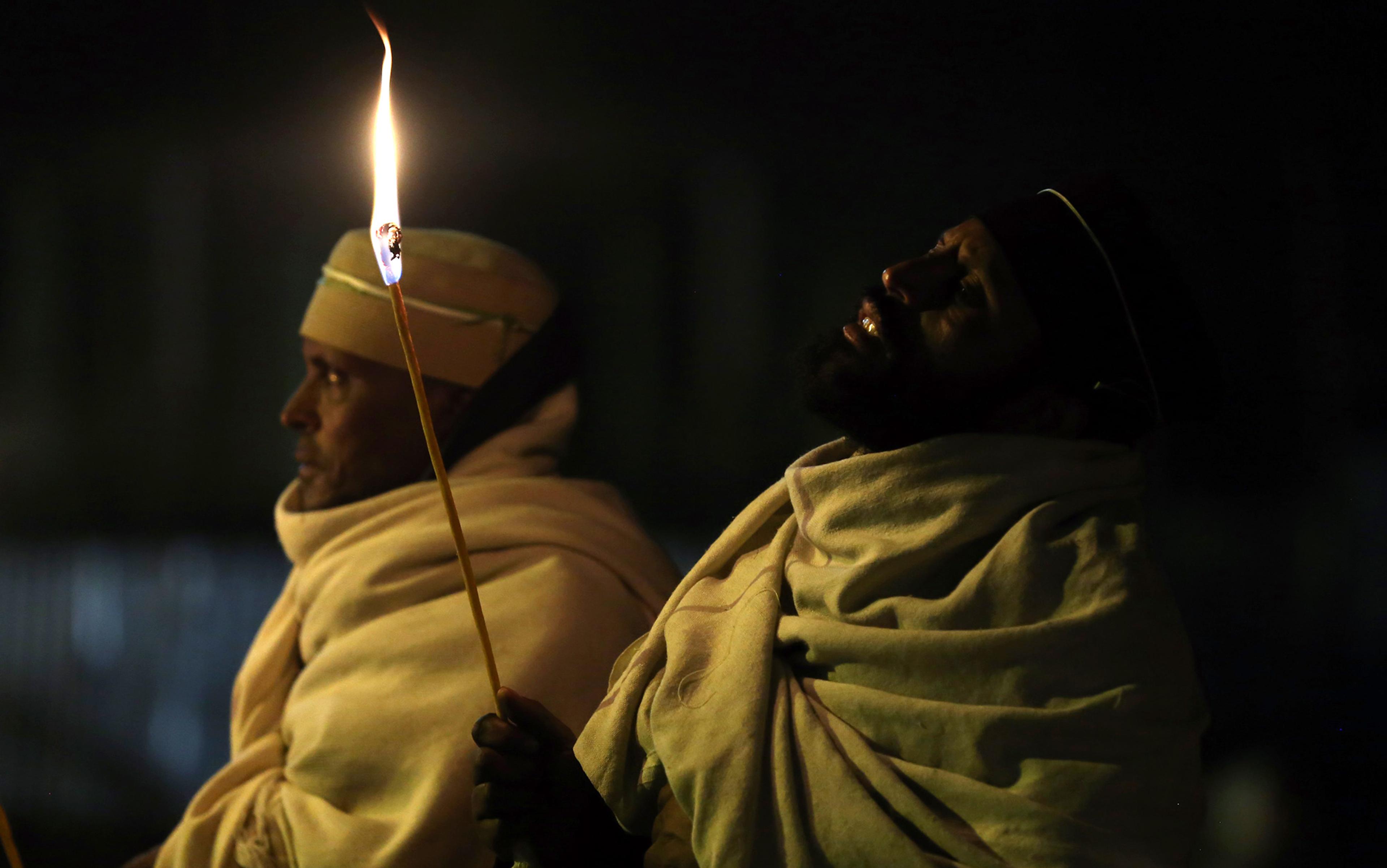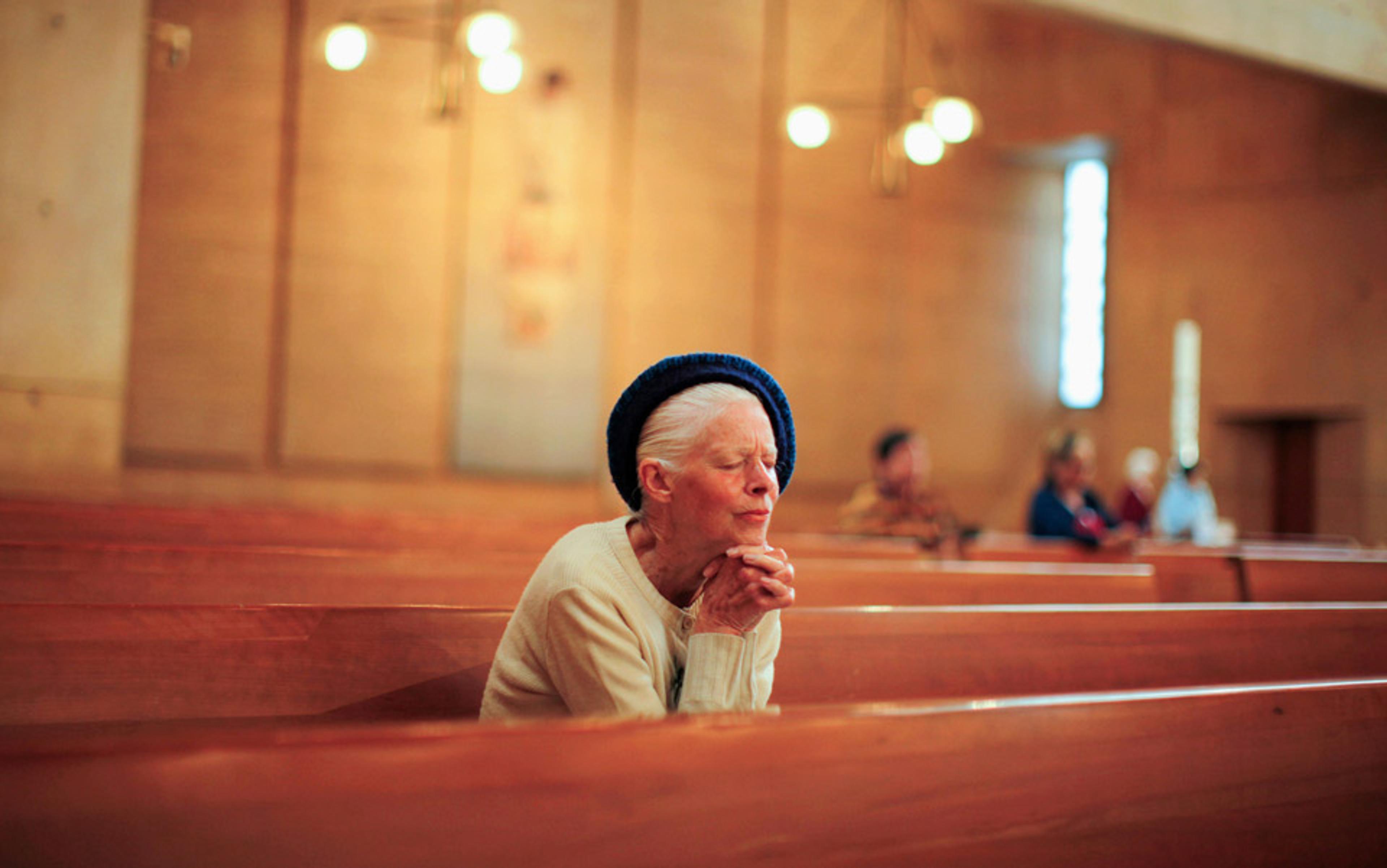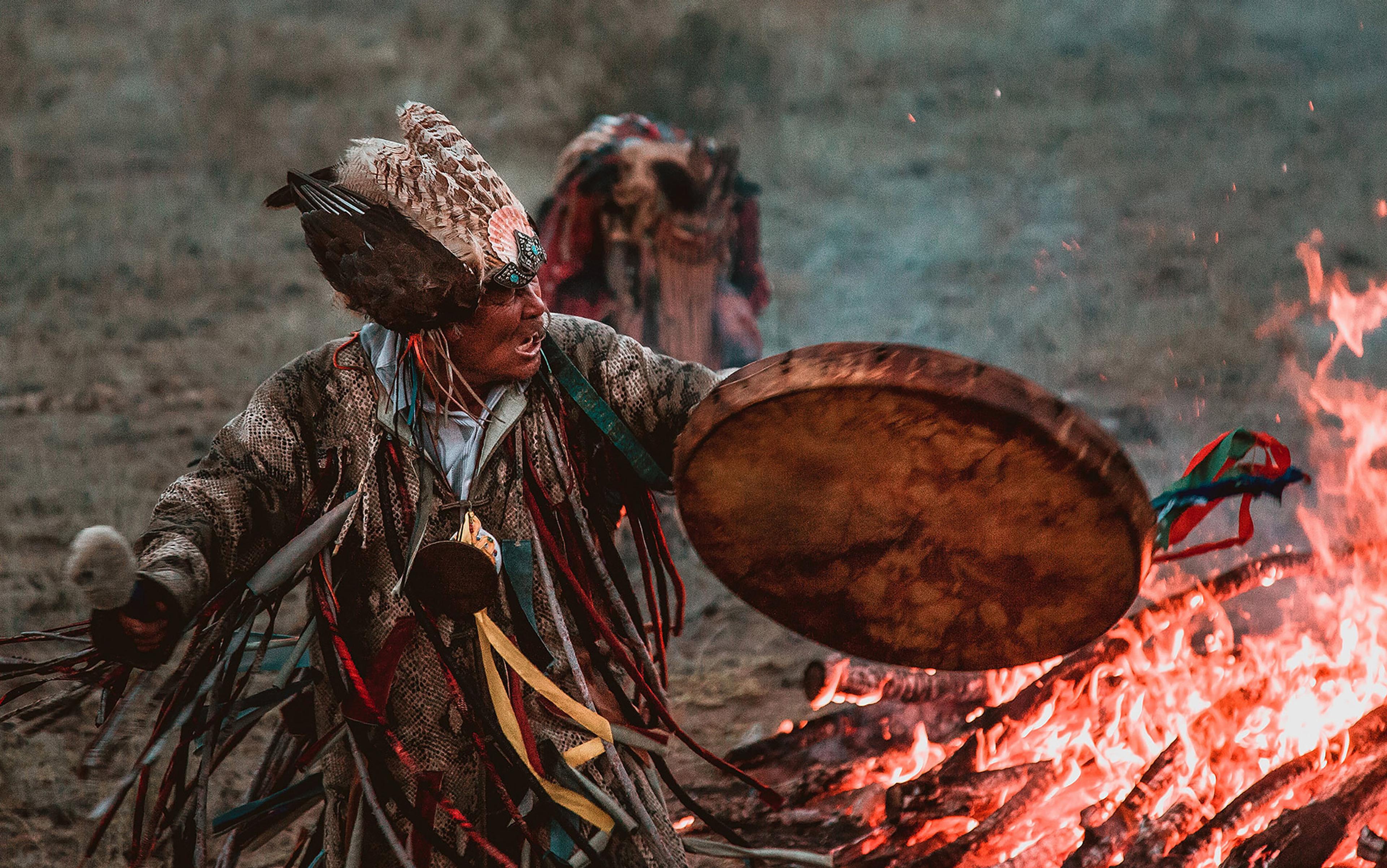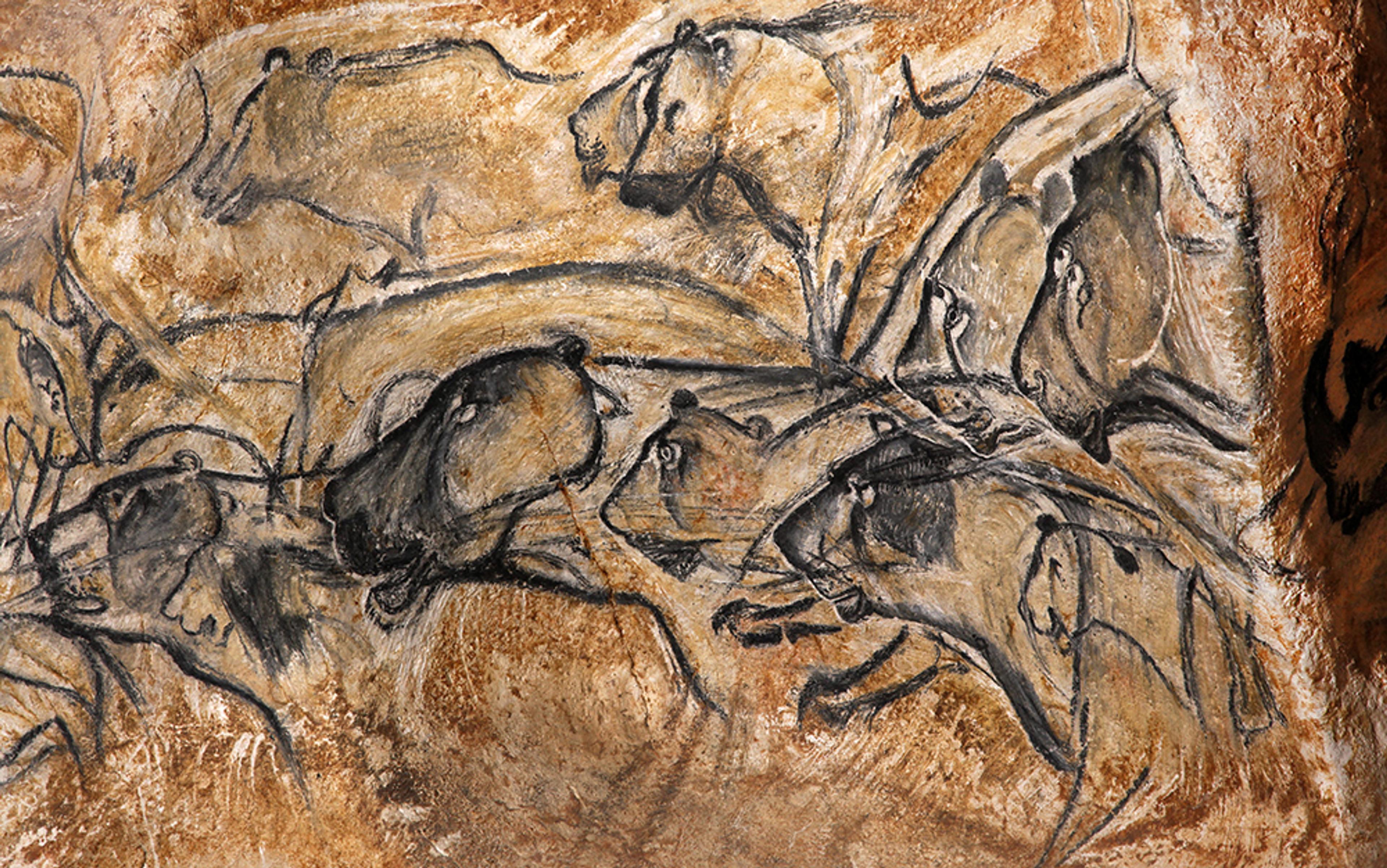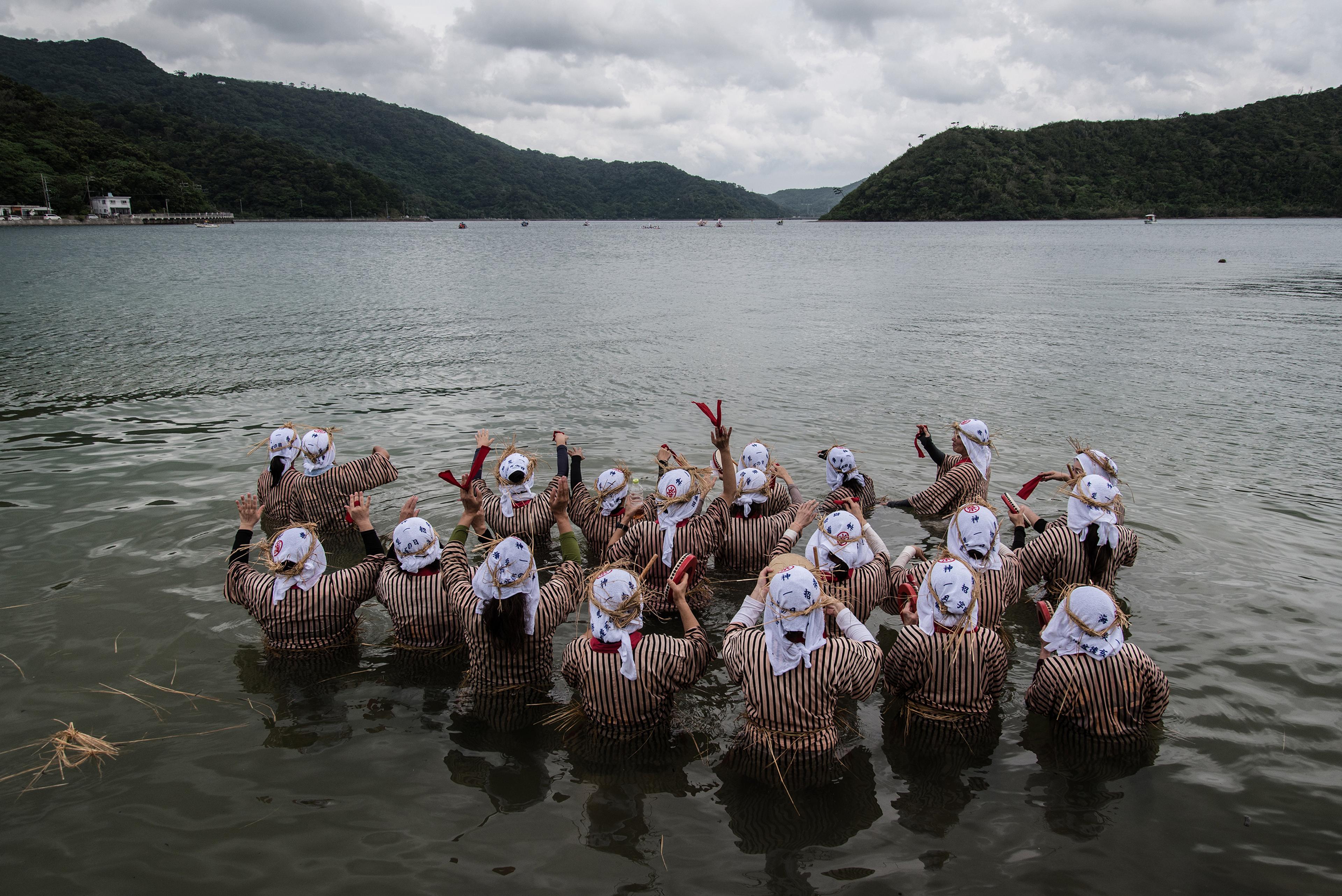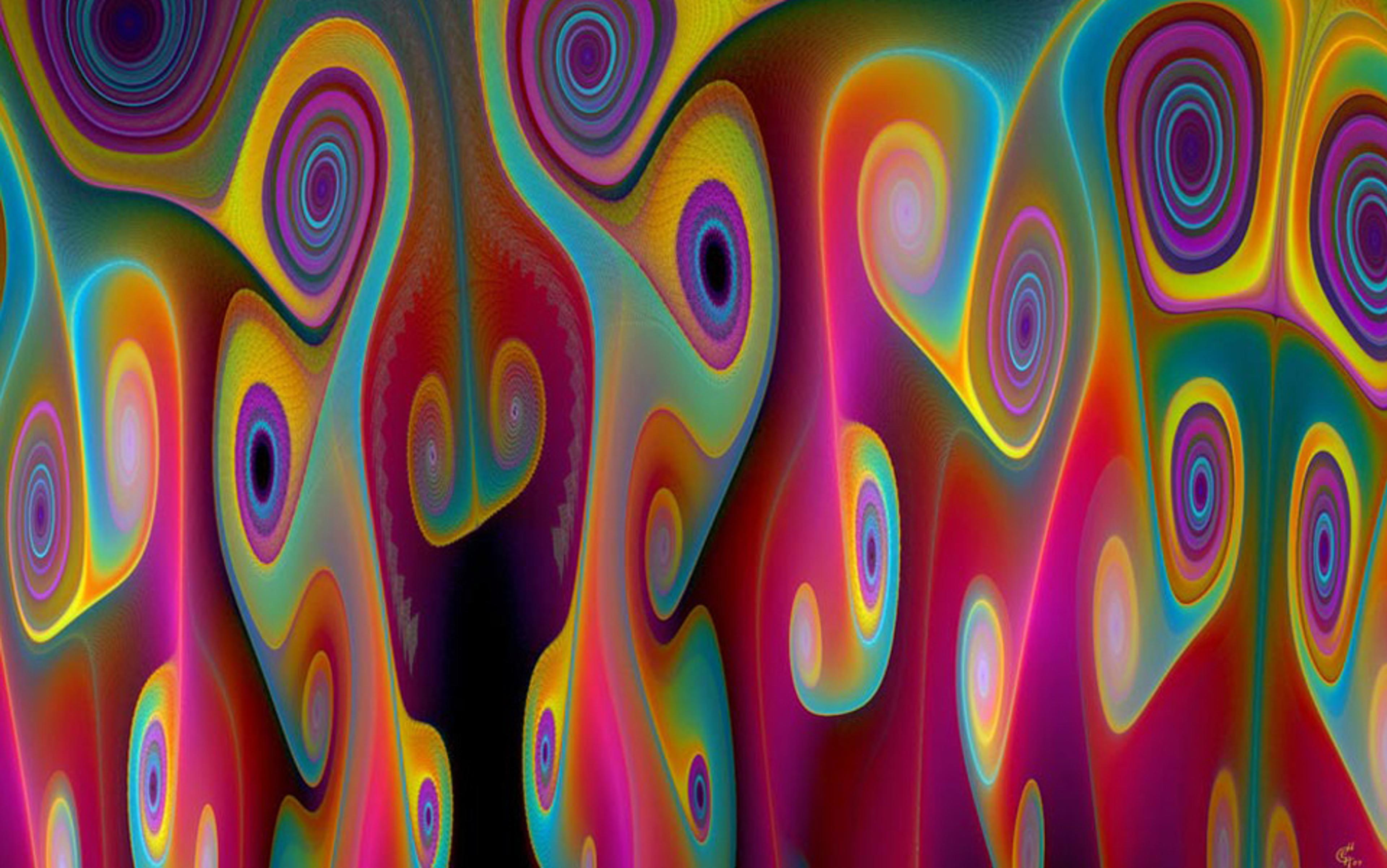A change has come over the public discussion of religion in recent years. In the decade of the New Atheists, religion was the root of all evil. Nowadays, however, it tends to be thought of as a good, even necessary, part of society. In his recent book Dominion: The Making of the Western Mind (2019), the agnostic historian Tom Holland argues that Christianity underpins our civilisation; and the atheist philosopher John Gray has repeatedly stressed that atheism is not the natural default for rational people, but is often a type of religion too. Even Richard Dawkins has admitted there may be an upside to religion insofar as it stops people doing bad things. The calculation is that, while religion undoubtedly causes bloody conflict, it also prompts prosocial behaviour, and the benefits outweigh the downsides. In this, the thinking has moved in line with the scientific understanding of religion’s origins, drawing on work in the cognitive sciences that acknowledges religion and its precursors as a key feature of human evolution that enabled our ancestors to live successfully in ever larger groups.
But I’m wary of this argument. It makes me feel that its advocates are trying to have their secular cake and eat it. Aren’t they neutralising what lies at the heart of human religiosity – experiences of the supernatural, transcendence and gods? Aren’t they turning it into a noble lie? So I’ve been glad to discover that the scientific understanding of religion’s origins is itself changing. Different proposals are making the running. They not only seem better supported by the evidence, but treat the otherworldliness of religion as critical to its prosocial effects.
The hints that our ancestors lived in worlds shaped by meaningful symbols, as well as the need to survive, go back as far as archaeology can see. Much of the evidence is contested, of course. But the broad picture seems settled. The evolutionary psychologist Robin Dunbar sums it up in his book Human Evolution (2014): ‘Anatomically modern humans mark an important transition in our story because with them comes culture in a way that had never happened before.’ And from that culture came religion, with various proposals to map the hows and whys of its emergence.
Until recently, the proposals fell into two broad groups – ‘big gods’ theories and ‘false agency’ hypotheses. Big gods theories envisage religion as conjuring up punishing deities. These disciplining gods provided social bonding by telling individuals that wrongdoing incurs massive costs. They put the fear of God into people and so motivated them to be good. However, big gods theories have been widely criticised. At the Max Planck Institute for the Science of Human History in Germany, Joseph Watts has investigated the plausibility of big gods approaches in both prehistoric human societies and modern hunter-gatherer groups, and finds them wanting, as effective drivers of cultural development. He told me: ‘Most societies with big gods have had contact with one of the monotheistic faiths, and that’s an idea of God which developed many millennia after the emergence of large complex societies.’ In short, big gods are not a universal feature of religions and, if they are present, they seem correlated to big societies not causes of them.
False agency hypotheses don’t do much better. These assume that our forebears were jumpy and superstitious: they thought that a shrub swayed because of a spirit not the wind; and they were easily fooled, though their mistakes were evolutionarily advantageous because, on occasion, the swaying was caused by a predator. The upshot was that those who believed in supernatural agency tended to live, while those who didn’t died, which meant that evolution selected for the false perception of an enchanted cosmos. Religious delusions became part of human experience.
This simple version of the hypothesis is readily refuted. Observations of indigenous peoples today reveal that they are astonishingly astute about what’s going on in their environments. They tend not to make mistakes, which is the real reason they survive. That said, false agency proposals come in more sophisticated forms as well. One has to do with the development of human cognition. It proposes that it was natural for early humans to believe in gods, in much the way it’s natural for a young child to treat its toys as animate agents. However, even sophisticated versions of the hypothesis appear to have been holed below the waterline. Miguel Farias, who runs the Brain, Belief and Behaviour lab at Coventry University in the UK, has tested whether an assumption of spiritual reality leads people to attribute false agency to the world around them. In one experiment, he examined whether practices such as going on pilgrimage make people more inclined to adopt supernatural beliefs. They don’t, and his team’s findings chime with other research that has probed the false agency hypothesis. ‘The idea has been tested and disconfirmed across various experiments,’ Farias told me.
So there is a need for a new idea, and coming to the fore now is an old one revisited, revised and rendered more testable. It reaches back a century to the French sociologist Émile Durkheim who observed that social activities create a kind of buzz that he called effervescence. Effervescence is generated when humans come together to make music or perform rituals, an experience that lingers when the ceremonies are over. The suggestion, therefore, is that collective experiences that are religious or religious-like unify groups and create the energy to sustain them.
The explanation is resurfacing in what can be called the trance theory of religious origins, which proposes that our palaeolithic ancestors hit on effervescence upon finding that they could induce altered states of consciousness. Research to test and develop this idea is underway in a multidisciplinary team led by Dunbar at the University of Oxford. The approach appeals to him, in part, because it seems to capture a crucial aspect of religious phenomena missing in suggestions about punishing gods or dangerous spirits. ‘It is not about the fine details of theology,’ Dunbar told me, ‘but is about the raw feelings of experience, and that this raw-feelings element has a transcendental mystical component – something that is only fully experienced in trance states.’ He notes that this sense of transcendence and other worlds is present at some level in almost all forms of religious experience. So how can the new hypothesis be fleshed out and evidenced?
A good place to start is to see how the hypothesis fits with the deep story of human evolution that reaches back to what we share with our evolutionary cousins. For example, there’s evidence that monkeys and apes experience the antecedents to ecstasy because they seem to experience wonder. Celia Deane-Drummond, a professor of theology at Campion Hall in Oxford, is also working on the trance hypothesis. At this year’s conference of the International Society for Science and Religion near Oxford, she cited research into the behaviour of macaques in Gibraltar. Cameras strapped to the monkeys tracked where they looked. The footage revealed that, on occasion, the macaques would gaze at sunsets and other absorbing scenes. They did so even when usually irresistible distractions were nearby, such as fruiting fig trees. The inference is that they had become lost in awe.
Dunbar believes that a few hundred thousand years ago, archaic humans took a step that ramped up this capacity. They started deliberately to make music, dance and sing. When the synchronised and collective nature of these practices became sufficiently intense, individuals likely entered trance states in which they experienced not only this-worldly splendour but otherworldly intrigue. They encountered ancestors, spirits and fantastic beasts, now known as therianthropes. These immersive journeys were extraordinarily compelling. What you might call religiosity was born. It stuck partly because it also helped to ease tensions and bond groups, via the endorphin surges produced in trance states. In other words, altered states proved evolutionarily advantageous: the awoken human desire for ecstasy simultaneously prompted a social revolution because it meant that social groups could grow to much larger sizes via the shared intensity of heightened experiences.
The link between trance and endorphin-fuelled bonding appeals to Dunbar for other reasons. Not least, it suggests tangible ways of empirically testing the thesis. Farias and his colleague Valerie van Mulukom and researcher Sarah Charles have investigated whether modern rituals in a variety of church and church-like settings provide measurable releases of these endogenous opioids to bring about prosocial effects. It turns out that they do, even in the relatively modest synchronised movements of a Church of England service in which people stand to sing and kneel to pray. They’ve also tested the effects in more obviously ecstatic churches that incorporate dancing and chanting in their worship.
Freeing your mind can help you love your neighbour
The mechanisms in play are similar to those experienced by indigenous people. In Human Evolution, Dunbar provides an illustration:
Among the San Bushmen of southern Africa, trance dances are particularly likely to take place when relationships within the extended community have started to unravel as people bicker among themselves. A trance dance restores the equilibrium, almost as though it wipes the slate clean of the toxic memories of the injustices and slights that poisoned relationships.
Freeing your mind can help you love your neighbour.
The trance hypothesis has further advantages. Notably, it rests on the rituals that produce peak experiences, which means it doesn’t require speculating about what ancient people did or didn’t believe about spirits and gods. To put it another way, rituals offer a good way to get a grip on the notoriously diverse set of phenomena to which the word ‘religion’ refers. ‘Asking when religion evolved is not a good question because religion is more than one thing,’ says Richard Sosis, an anthropologist of religion at the University of Connecticut. ‘But asking when the various elements such as supernatural agents and moral obligations started to coalesce together is a better question. And they invariably start to coalesce around rituals.’
So much for the origins of human religiosity. But rituals, which other animals perform, are not of themselves organised religion. To understand how this secondary feature starts to emerge requires attending to further, more subtle facets of human evolution, critically the larger brain size of anatomically modern humans. This can be used as a rough measure of cognitive ability and, in particular, what psychologists refer to as intentionality.
Intentionality, or focusing on someone or something, comes in various guises. A rudimentary form is called second-order intentionality, or having theory of mind. This is an awareness of your own mental state and that of another – hence ‘second order’. It seems that great apes and some other animals have it. But for humans, with larger brains, it’s possible to develop third, fourth, fifth and even higher orders of intentionality. This means that our species, at least in principle, can hold mental states such as: ‘I know of your beliefs that together we share about a deity’s relationship to our tribe.’ The suggestion is, therefore, that higher-order intentionality helped our ancestors consciously to incorporate visionary dimensions of existence into the complex interactions of their lives: it meant that humans could forge more organised sets of shamanistic practices and develop animistic worldviews.
It took a long time. There’s archaeological evidence that this kind of systematisation reaches back some tens of thousands of years. The evidence is found in the form of deliberate burials, ornamental artefacts and cave art. How to interpret such prehistoric remains is widely disputed, of course, but if Neanderthals possessed perhaps four orders of intentionality, and so engaged in simple burial practices, our closest ancestors possessed more. From these more sophisticated cognitive capacities flowed complex rituals, increasingly elaborate burials and the making of objects such as the Olduvai handaxe, the significance of which is that its design far exceeds the requirements of its function, something not seen in earlier handaxes.
A further distinctive shift associated only with Homo sapiens came after another long period, the so-called neolithic revolution. This is usually described in terms of the invention of agriculture, though, in line with what archaeologists have discovered at Göbekli Tepe and Çatalhöyük in Turkey, Dunbar reframes the development. He stresses that our ancestors gained the wherewithal to live together not just in large groups but, eventually, larger settlements. It’s an achievement because, when villages and then towns appear, they massively increase social stresses, which is to say that new techniques for managing social pressures are required.
A release was found with the creation of what Dunbar calls ‘doctrinal religion’, by which he means religious systems that include specialists such as priests and impressive constructions we’d call temples and/or domestic house-based shrines. Such features increase the prosocial effects of religiosity beyond what’s possible through shamanic rituals alone because constructed sacred spaces, coupled to visibly enacted theologies in the form of sacrifices and feasts, maintain the presence of ancestors, spirits or gods in built-up communities. They give meaning to the years and seasons, as well as the comings and goings of every day, by translating the sense of transcendence originally found in visionary experiences to a sense of transcendence generated by temples and house shrines. ‘Doctrinal religion’ thereby sustains the prosocial effects of earlier types of religiosity for groups that are now growing very large indeed.
‘Humans become simultaneously transactional and transcendental beings’
Of course, it’s not only religious activities that might have contributed to community life at this stage, although Dunbar believes that religious activities are particularly successful at bonding groups and so must have always played a key role. He has looked at studies of kibbutzim in Israel. These exist in religious and secular forms, allowing for comparison, and studies show that the religious kibbutzim are both bigger in size and last longer. Just why is moot. ‘It may be that religious worldviews are particularly good at scaling up,’ he said. ‘If you share a transcendental experience with others, you bond profoundly.’
However, there is a tension that arises when religious experiences are institutionalised. It can feel as if what’s on offer is somewhat thinner than experiences gained in the immersive rites that precipitate altered states. Encountering spirit entities directly in a dance or chase is not the same as the uplift offered by a monumental building, tremendous though it might be. The vitality of one is not easily contained within the structures of the other. It’s as if a degree of disenchantment is the price paid for large-scale social cohesion.
Dunbar calls it ‘the problem of mysticism’. It’s manifest in the wariness with which the organised religions of history have regarded revivals and awakenings. Such charismatic eruptions are perceived as a threat to the main cult, which they are because, implicitly or explicitly, they press for a fresh connection with the original deity or spiritual wellspring. The implication is that the tradition has lost touch with its soul, with the result that the histories of religions are littered with suppressions and splits. The authorities that govern doctrinal religions strive to maintain an equilibrium between lively source and steadying system, but they’re readily knocked off balance.
You might say that religions are caught between the Scylla of socially useful but potentially dreary religious rites and the Charybdis of altered states that are intrinsically exciting but socially disruptive. It’s why they bring bloody conflicts as well as social goods. This way of putting it highlights another feature of the trance theory. It interweaves two levels of explanation: one focused on the allure of spiritual vitality; the other on practical needs.
It’s a crucial coupling because other research indicates that these vertical and horizontal dimensions of experience need to be brought together to account fully for what makes us human. A leading figure here is the anthropologist Agustín Fuentes at the University of Notre Dame in Indiana. His study of our ancestors’ development, which he calls ‘constructing the human niche’, recognises that it features a capacity to live simultaneously at a practical and spiritual level. Without both elements, advances in tools and technologies, as well as groups and societies, would not be possible.
Just why can be seen by considering what it takes to craft a handaxe with aesthetic qualities that exceed functionality. To produce an object of symbolic worth, rather than just practical use, requires a mind that can, first, consciously discern beauty in the world around it and, second, see that a tool can be imaginatively transformed to hold that value. ‘Humans become simultaneously transactional and transcendental beings,’ writes Fuentes in his book Why We Believe: Evolution and the Human Way of Being (2019). We are a contemplating and a problem-solving species: we possess binocular vision with an ability to see beyond the purely empirical, and so live in a world that is not just instrumental and material. This multidimensional capacity became crucial to our ancestors’ strategy for survival.
Seeing other worlds and sensing transcendent dynamics takes work. They are not spontaneously perceived, for the obvious reason that they are not visible. They come with the development of subtle types of sensibility that require effort to cultivate. Sosis puts it like this: ‘The idea that people believe in things like supernatural agents because of inherent cognitive capacities gets things the wrong way around.’ It actually takes practice to become religiously cognisant, which is why thinking about wonder, trance, higher levels of intentionality, symbolic objects, sophisticated rituals and otherworldliness are all part of understanding it. It’s a complex ability requiring a complex explanation.
Of course, science cannot decide whether the claims of any one religion are true. But the new theory still makes quite a strong claim, which brings me back to the role of the supernatural, transcendence and religious gods that today’s secularists seem inclined to sideline. If the science cannot confirm convictions about any divine revelations received, it does lend credence to the reasonableness, even necessity, of having them. Where the big gods and false agency hypotheses seemed inherently sniffy about human religiosity, the trance hypothesis positively values it. As Fuentes writes: ‘Meaning-making, the transcendent, and openness to revelation and discovery are core parts of the human niche and central to our evolutionary success.’
‘For myself, I remain an atheist,’ Dunbar told me. ‘The trance hypothesis is neutral about the truth claims of religions whether you believe or don’t, though it does suggest that transcendent states of mind are meaningful to human beings and can evolve into religious systems of belief.’
And in this final observation there is, perhaps, some good news for us, whether we’re religious or not. It’s often said that many of today’s troubles, from divisive political debates to spats on social media, are due to our tribal nature. It’s added, somewhat fatalistically, that deep within our evolutionary past is the tendency to identify with one group and demonise another. We are destined to be at war, culturally or otherwise. But if the trance theory is true, it shows that the evolutionary tendency to be tribal rests on an evolutionary taste for that which surpasses tribal experience – the transcendence that humans glimpsed in altered states of mind that enabled them to form tribes to start with.
If we long to belong, we also long to be in touch with ‘the more’, as the great pioneer of the study of religious experiences William James called it. That more will be envisaged in numerous ways. But it might help us by prompting new visions that exceed our herd instincts and binary thinking, and ease social tensions. If it helped our ancestors to survive, why would we think we are any different?
